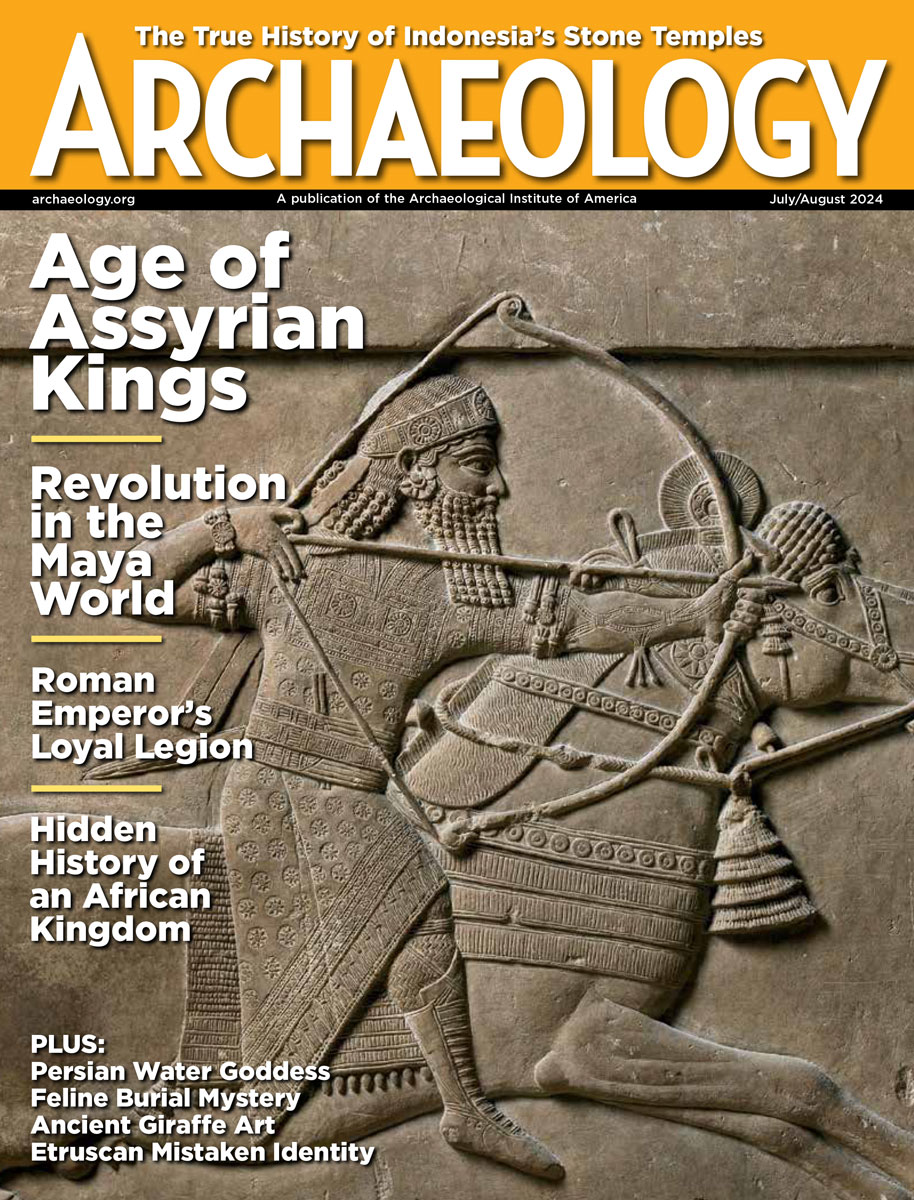Thursday, October 23
October 23, 2008
The Turkish town of Datça sits near the archaeological site of Knidos, and it wants the British Museum to return a statue of Demeter and the eight-ton Knidos Lion, which now sits at the entrance to the museum.
Two naturally mummified bodies of Tiwanaku people from Peru are the first to contain chemical evidence of psychoactive drug use. Trays and pipes used for sniffing hallucinogens, and skulls with nasal damage, have hinted at a widespread cultural practice. Â
Egyptian mummies have provided scientists with DNA evidence of the first-known cases of malaria. “We now know for sure that malaria was endemic in ancient Egypt,” said pathologist Andreas Nerlich of the Academic Teaching Hospital München-Bogenhausen. Â
Excavations in Montana’s Horseshoe Cave revealed three hearths, 100 stone artifacts, and hundreds of animal bones. “The big question is what sort of group of ancient people was using Horseshoe Cave,” said Jack Fisher of Montana State University. Â
In the 1920s, American academic James Madison Carpenter toured England and recorded the folk songs and sea shanties of some 800 people, including those of Mark Page, who was born in 1836. The recordings were recently found in an attic. Be sure to watch the video to see photographs of Carpenter and Page and hear a snip of the recordings. Â
In Scotland, a fragment of a gothic column is the first sign of the medieval church of St. Colman to be uncovered. “We believe it is a very important discovery,” said archaeologist Cait McCullagh. Â
More information on the tiny gold 4,000-year-old pins found in a Cardiff University desk draw is available at the Telegraph. Â
Discover Magazine has posted an article on Sam Osmanagich and his Bosnian Pyramid of the Sun Foundation. Check out the cake!
- Comments Off on Thursday, October 23









